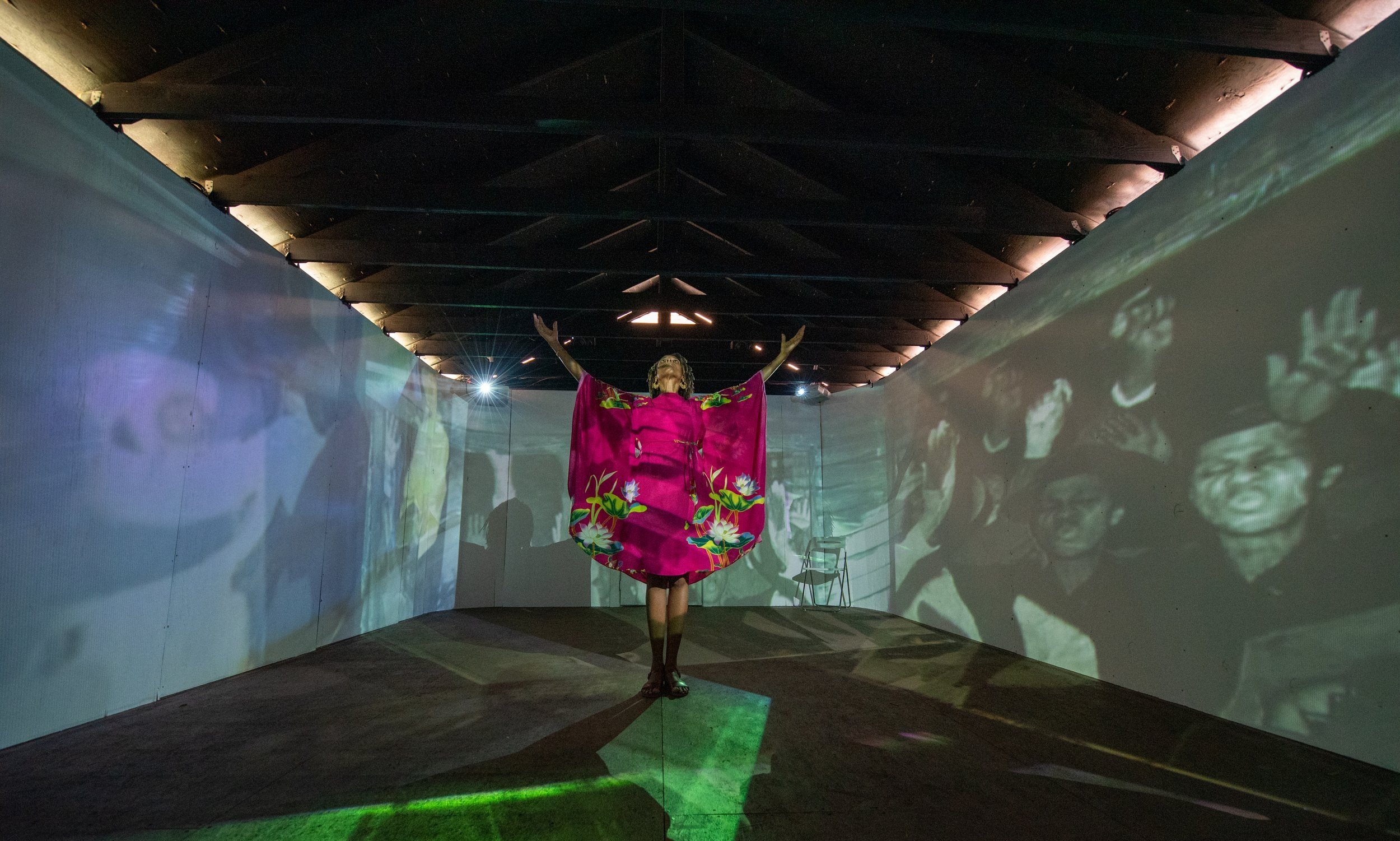
GET INSPIRED
Why Creative Placemaking?
Arts, culture, and design are essential to building strong communities where all people can thrive. Creative placemaking happens when artists, arts organizations, and community development practitioners integrate arts, design, and culture into community work—by placing the arts at the table with other sectors, such as agriculture and food, economic development, education and youth, environment and energy, health, housing, public safety, transportation, and workforce development.
Creative placemaking demonstrates the ways in which artists, culture bearers, and designers can help to:
Bring new attention to or elevate key community assets and issues, voices of residents, local history, or civic infrastructure;
Inject new or additional energy, resources, activity, people, or enthusiasm into a place, community issue, or local economy;
Envision new possibilities for a community or place—a new future, a way of approaching a new opportunity, overcoming a challenge, or problem-solving;
Connect communities, people, places, and economic opportunity through physical spaces or new partnerships and relationships; or
Honor traditions shaped by the lived experience of a community’s residents, such as music, dance, design, crafts, fashion, cuisine, and oral expression.
Creative Placemaking and Systems Change
Creative placemaking projects explore innovative solutions for local challenges. Collectively, they lay the groundwork for systems change where art, culture, and design are at the heart of every community. As local leaders see how cross-sector partnerships utilizing art and creative placemaking strategies improve outcomes, they replicate and extend those approaches.
As we have seen in the Our Town program, where nonprofit entities partner with local government, creative placemaking work can have catalytic and rippling impacts across communities. These cross-sector partners bring the connections and learnings from this work into their own spheres of influence thereby broadening the messages and deepening the impact in social, economic, and physical ways.
Creative placemaking projects can manifest systems change in diverse ways, such as establishing new and sustained cross-sector partnerships, shifting institutional structure, practices, or policies, replicating or scaling innovative project models, establishing training programs, or disseminating informational resources to support the creative placemaking field.
Learn more: NEA Theory of Change and Our Town Logic Model
Top: Praise House Project, Emory College of Arts and Sciences, Atlanta, GA. Photo by Julie Yarbrough Photography LLC.
Navigating Your Journey
Creative placemaking is an iterative process.
Your project will likely take on directions that surprise you, or move in a different order than any model might suggest. It might look something more like an unpredictable route with backtracks and unexpected turns. What you learn along the way may require adding activities, subtracting plans or redoing things that once seemed finished, bringing in new partners, etc. All of this is part of the process.
KEY CONCEPT
Guideposts to remember
Community is always centered throughout the process.
Timeline and process may shift as you go.
The path isn’t linear.
Learn as you go, and use that learning to enhance your project.
USEFUL TIP
Envision the process
Illustration by Jaime Horter.
Explore Our Town Case Studies
Los Angeles, CA: Watts Our Town
Stone Mountain, GA: Art Station
Indianapolis, IN: FLOW/Can You See the River?
Wilson, NC: Vollis Simpson Whirligig Park
Santo Domingo Pueblo, NM: Santo Domingo Cultural District
New York, NY: Seniors Partnering with Artist Citywide
Columbus, OH: Finding Time/ColumbusPublicArt2012
El Paso, TX: Downtown Pathways
WATCH THE VIDEO
What is Creative Placemaking?
Created in 2017, this short video offers a broad overview of the NEA’s approach to Creative Placemaking and the intentions of the Our Town grant program.
WATCH THE VIDEO
Reflections from NEA Chair Dr. Maria Rosario Jackson
with Asian Arts Initiative / Friends of the Rail Park and IDEAS xLab
DOWNLOAD RESOURCE




